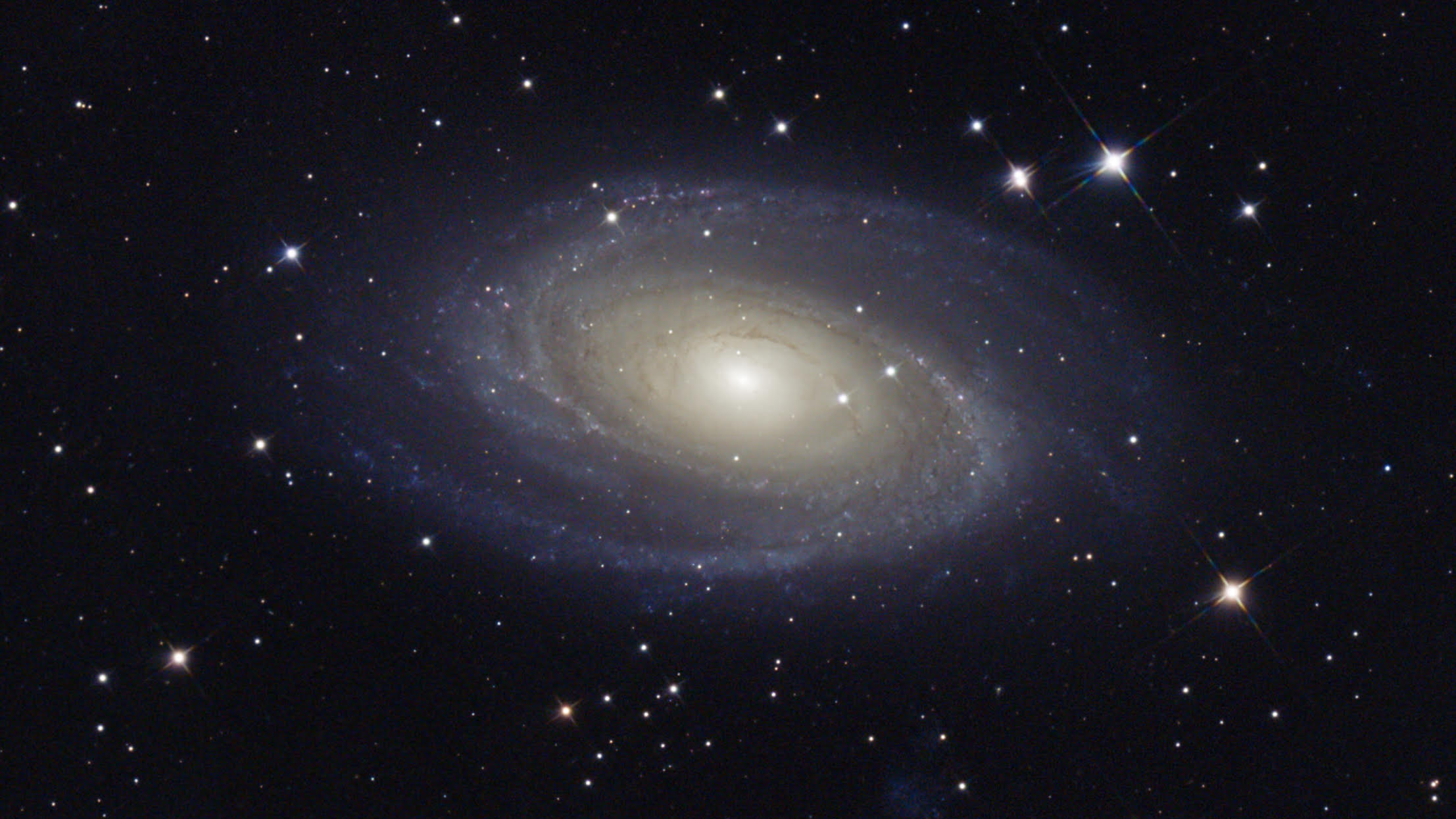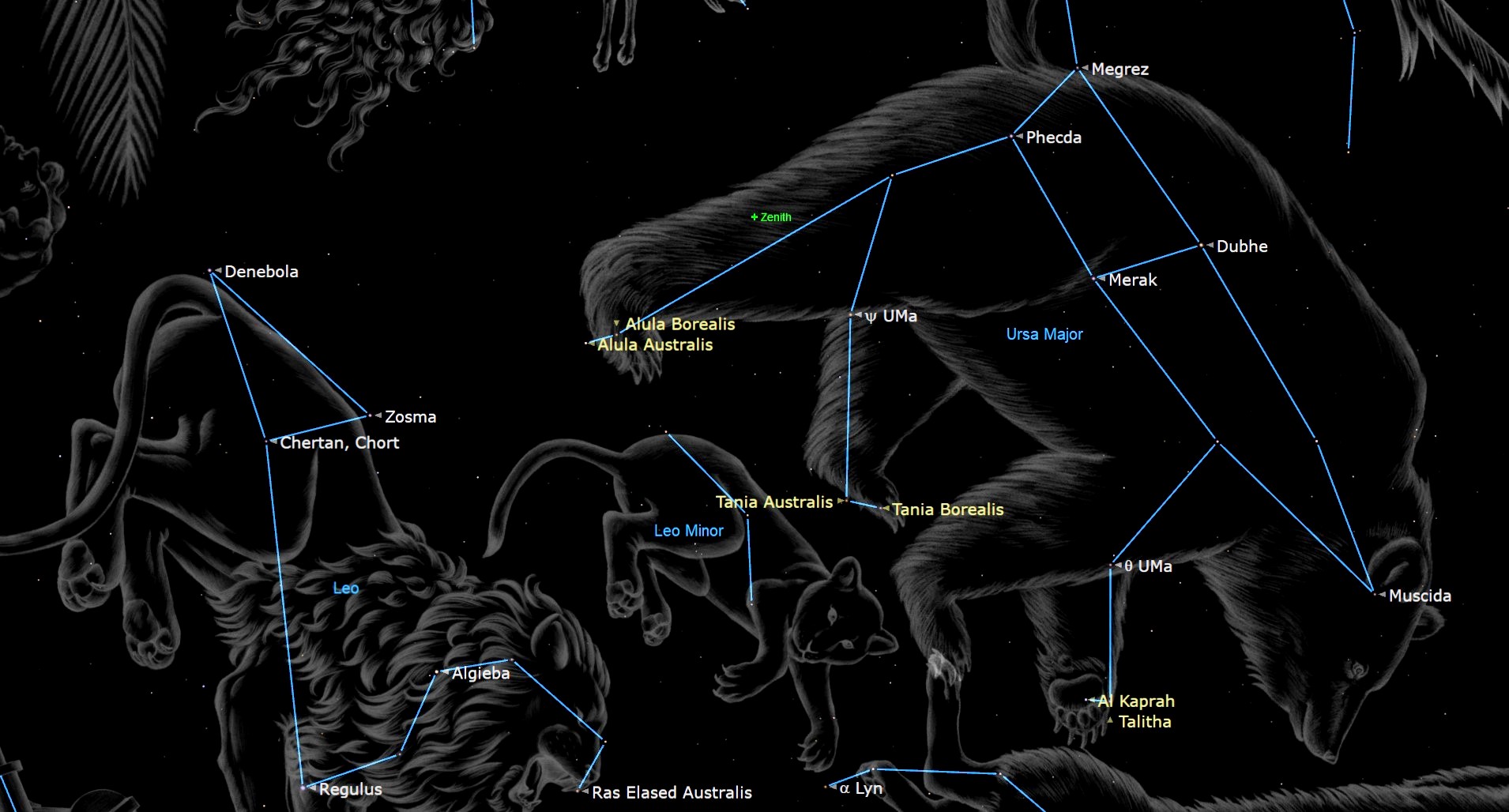Surprise! Baby exoplanets might look like Smarties candies rather than spheres
'We had always assumed that they were spherical. We were very surprised that they turned out to be oblate spheroids, pretty similar to Smarties!'
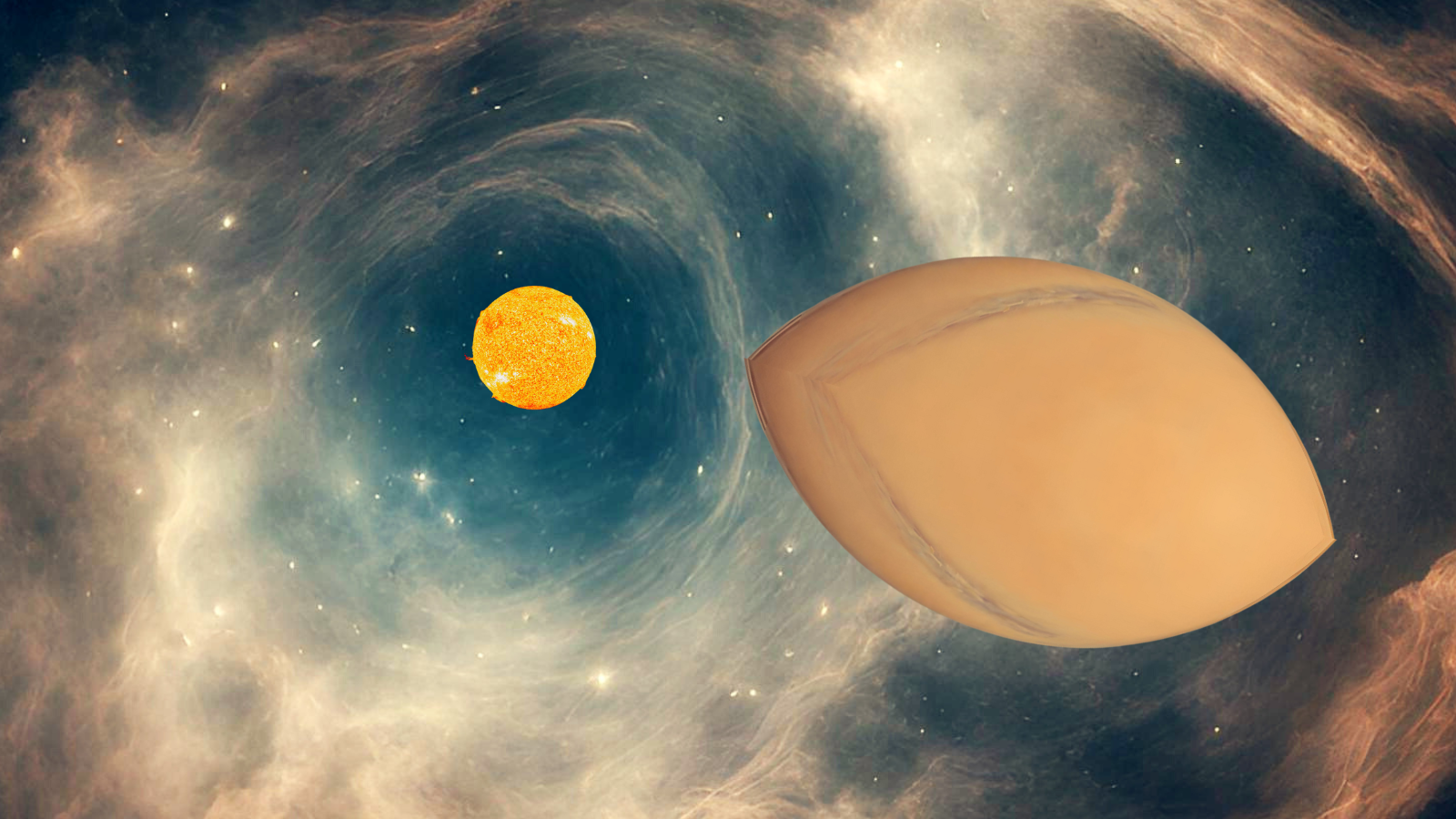
Sweet new research suggests that newly forming planets may have a flattened shape similar to that of a popular British candy.
A team of researchers from the University of Central Lancashire (UCLan) in England used computer simulations to model the formation of planets in dense gas disks around young stars. Comparing these models with actual observations, they discovered that the young planets took shapes that defied expectations.
"We have been studying planet formation for a long time, but never before had we thought to check the shape of the planets as they form in the simulations. We had always assumed that they were spherical," said team member Dimitris Stamatellos, an astrophysicist at UCLan. "We were very surprised that they turned out to be oblate spheroids, pretty similar to Smarties!"
Readers outside the U.K. and Europe may not be familiar with Smarties — this version, at least. European Smarties are oblate spheroid-shaped disks of chocolate covered with a colorful hard candy shell that are manufactured by Nestle and sold in hexagonal cardboard tubes. (To readers in the U.S., Smarties are a different candy altogether: small, disc-shaped sugary wafers that come packaged in clear plastic wrapping.)
Related: James Webb Space Telescope detects clues about how Earth formed billions of years ago
While over 5,000 exoplanets have been discovered to date, astronomers still don't fully understand in detail the sequence of events that marks their birth and early evolution. The new research could shed more light on that process.
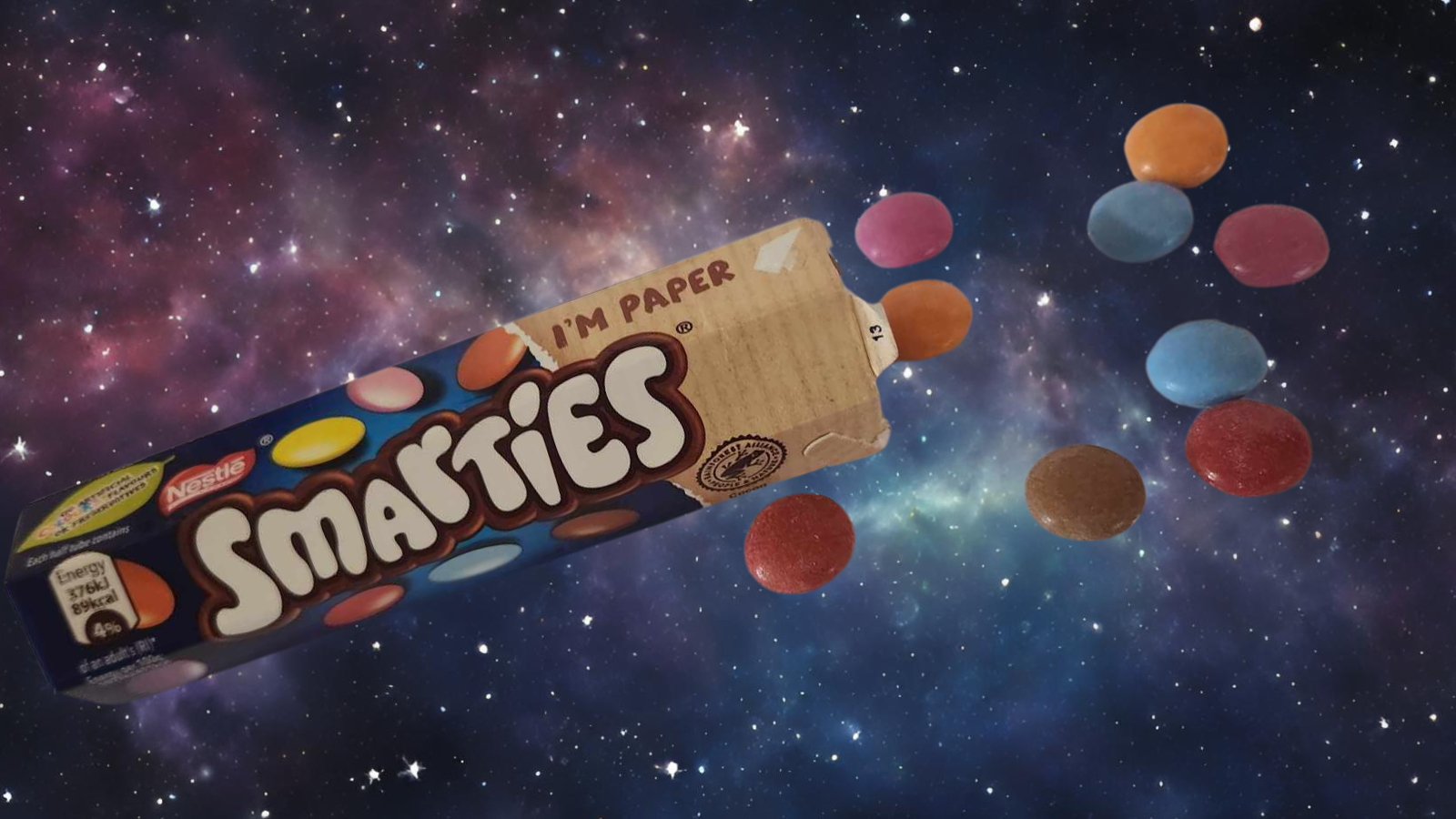
Planets build up from their (non-chocolately) centers
The UCLan team arrived at their cosmic-candy conclusion after examining the formation mechanisms of gas giant worlds like Jupiter. They focused on the initial shapes of such planets and how these could facilitate the growth of planetary seeds, resulting in massive planets even larger than our solar system's giants.
Get the Space.com Newsletter
Breaking space news, the latest updates on rocket launches, skywatching events and more!
The standard theory of planet formation suggests that this growth happens gradually as dust particles stick together to form progressively larger and larger objects over long periods of time. This is referred to as "core accretion" and is the favored model of planet formation.
Alternatively, planet birth could happen over shorter timescales when large rotating protoplanetary discs around young stars break into pieces — the "disk instability" method. The team's model seems to lend more credibility to this less favored theory, supporting rapid planet formation via disk instability.
“This [disk instability] theory is appealing due to the fact that large planets can form very quickly at large distances from their host star, explaining some exoplanet observations," said UCLan's Adam Fenton.
The team's model suggested that newly forming planets take the shape of oblate spheroids because, as material falls onto them, it goes mainly to their poles.
One major conclusion from the research is that the appearance of young exoplanets seen from Earth may vary depending on how those planets are angled.
If Earth is directed "face on" to an exoplanet, then the planet will appear to have a traditional round shape; when seen on edge, however, a young planet would show its true Smartie-like shape and thus confirm if the team's model is right.
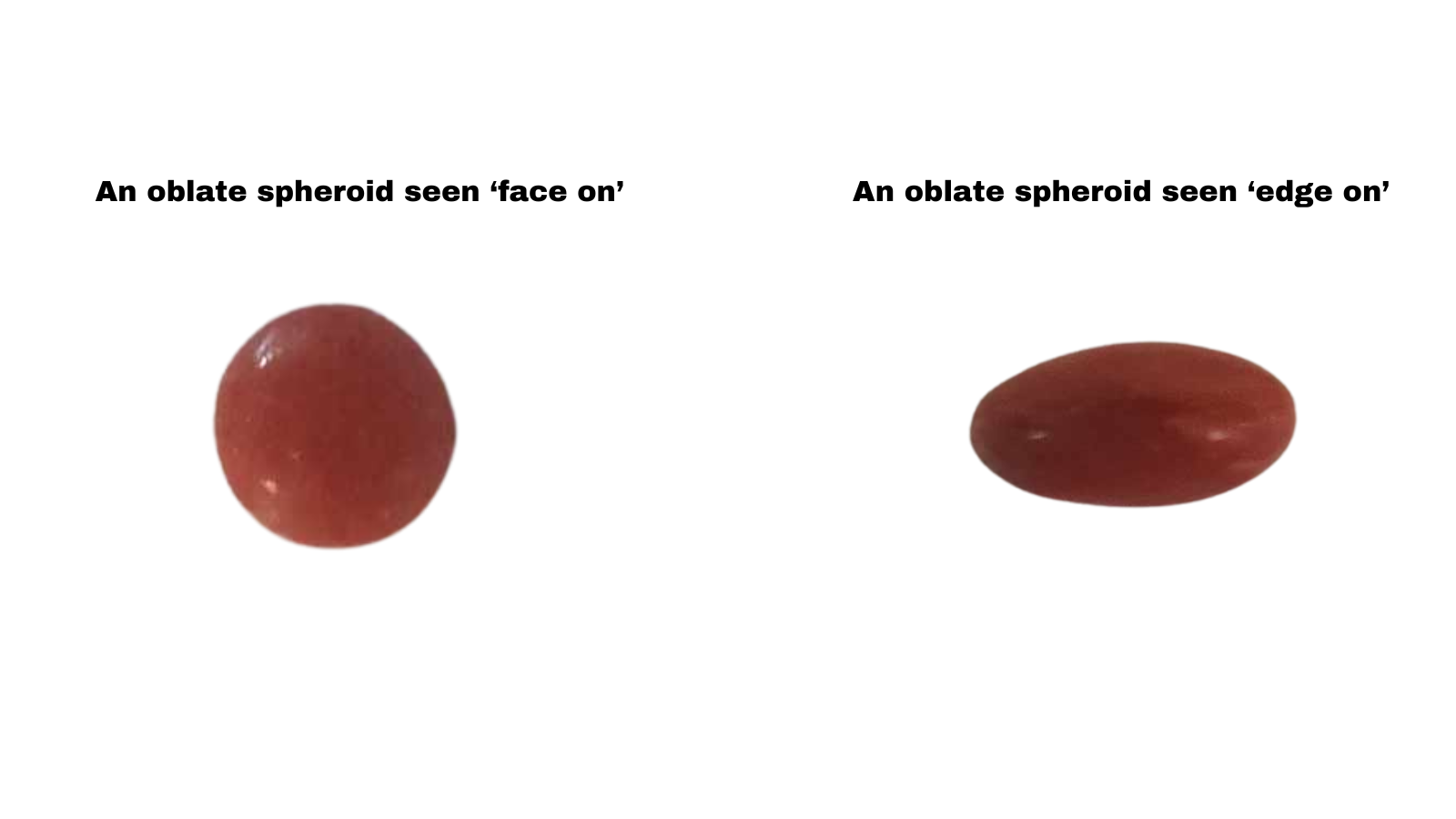
Observations of young planets, often still shrouded in gas and dust, have only recently become possible with telescopes such as the Atacama Large Millimetre Array (ALMA) and the Very Large Telescope (VLT). These observatories could provide evidence to bolster the Smarties theory.
The team will now continue to investigate the formation of planets using an improved computer model. They hope to discover the role the environment around a planet plays in influencing its formation and shape.
The team's research is available here. It has been accepted for publication in the journal Astronomy & Astrophysics Letters.
Join our Space Forums to keep talking space on the latest missions, night sky and more! And if you have a news tip, correction or comment, let us know at: community@space.com.

Robert Lea is a science journalist in the U.K. whose articles have been published in Physics World, New Scientist, Astronomy Magazine, All About Space, Newsweek and ZME Science. He also writes about science communication for Elsevier and the European Journal of Physics. Rob holds a bachelor of science degree in physics and astronomy from the U.K.’s Open University. Follow him on Twitter @sciencef1rst.
-
rod Okay, interesting, perhaps a flat planet too :) The paper states, "6. ConclusionsReply
Disc-instability protoplanets are not spherically symmetric, but close to being oblate spheroids. Their outer regions show more complex, asymmetric structure due to interactions with the protostellar disc and their formation history. Gas accretion happens faster from the protoplanet poles than from the protoplanet equator. We expect that this may lead to a strong modification of the observed properties of protoplanets (e.g. their spectrum, Hα emission; see Zhu 2015; Marleau et al. 2022, 2023) with the viewing angle that needs to be taken into account when interpreting observations, like those of PDS 70 b,c (Keppler et al.
2018; Haffert et al. 2019) and AB Aurigae b (Currie et al. 2022)."
PDS 70 system is confirmed, https://exoplanet.eu/catalog/pds_70_b--6770/https://exoplanet.eu/catalog/pds_70_c--7123/
https://exoplanet.eu/catalog/ab_aur_b--522/, is a confirmed exoplanet too. How giant impacts during planet formation in various disc masses could alter their shapes too I did not see disclosed. -
Helio It seems a bit of a stretch to me, pun intended. ;)Reply
Are Pluto and Charon heavily oblate? -
rod Reply
Good question Helio. As I read the paper and space.com article, the model seems focused on gas giant planet formations like Jupiter. The space.com stated: "The UCLan team arrived at their cosmic-candy conclusion after examining the formation mechanisms of gas giant worlds like Jupiter. They focused on the initial shapes of such planets and how these could facilitate the growth of planetary seeds, resulting in massive planets even larger than our solar system's giants."Helio said:It seems a bit of a stretch to me, pun intended. ;)
Are Pluto and Charon heavily oblate?
I did not see something specific related to much smaller size planets like Pluto, Venus, Earth, Mercury, Mars, etc. Yes, Pluto is a planet IMO still :) -
Helio Perhaps their model works if these giants are symmetric for all three axes, else their strong gravity would cause cascading failure once one piece broke free falling down …IMO.Reply







